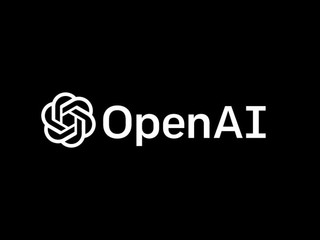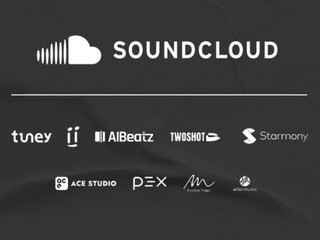 On Friday, I moderated a panel at the social gaming
On Friday, I moderated a panel at the social gaming
summit featuring speakers from Zynga, Playdom, Playfish and
Crowdstar on the topic of engagement best practices in social games. Socialtimes
has a brief writeup of the session:
Social gaming giants tend to focus on hits. An under-performing game can be a cause for concern and even shutdown in some
cases. Mark Skaggs jolted the crowd by stating that Zynga aims for a 60%
same-day repeat engagement of a newly released game but their core
focus is on long-term retention of around 30%. Zynga manages to attain
1.5 million DAUs on the first day, upwards of 3 million DAUs at times.
Zynga’s game Mafia Wars saw signs of stagnation in players repeatedly
doing jobs and diversified the experience by adding an array of places
players could visit, instilling adventurous emotions in the adventurers.Sebastien emphasized engagement as a key point of focus for their
games along with mass appeal. Sebastien also discussed Playfish’s
shutdown of one of their previous games Quiztastic, stating, “one of the
ways to create engagement in Quiztastic is through highly relevant
content that’s only relevant to a narrow set of friends. However, it
turned out to be massive engaging for the active contributors but not
others.” Another game Playfish shutdown was Minigolf Party because too
much was being demanded of the players. The panelists agreed, concluding
that a balance is necessary to engage a mass-audience.
Christa brought in her unique perspective as CFO of
Playfish, commending the rapid success of their game Social City. She
attributed growth to additions of surprise mechanics – specifically
random animations that rewarded users with an aesthetic and delightful
experience, encouraging them to return frequently for more.
Since I was moderating I wasn’t able to take good notes, but here are
some of the other points that were made on the panel:
Appointment Mechanic (also known as farming mechanic) suits the
casual game-play style of social games and brings people back. Good to
offer different time frames of “harvest” to match way people play the
game, typically in multiples of two hours. Four-hour time frame good for
players logging in at beginning of day, lunch and end of day. Two-day
time frame is good for players who play primarily at work who need to deal
with the weekend
Whether you apply a “hard” penalty to the appointment mechanic (e.g.
crops wither, no reward) or a “soft” penalty (e.g. collection bucket
full, no incremental reward above cap) depends on the style of game play.
Plot can also help drive engagement and retention. This can be both
plot secondary to game play (Easter eggs in the game, animations that
change over time) or primary to game play (e.g. Mafia Wars/Mobsters
narrative arc). Players come back to find out what happens next.
Special Events can drive engagement, which sometimes translates into
increased retention. These special events can be both in the game (e.g.
the Weekend of “superberries” on Farmville, which added 3 million DAUs
for a week and an incremental 1.5m DAUs permanently) and outside the
gmae (e.g. the Taylor Swift dress in Sorority Life the day after the
AMAs).
Real Life relationships, love, flirting and friendship, can drive
special actions which support long term engagement. e.g. Pet Society and
Restaurant City drive tens of millions of virtual roses, and many real
roses, to be exchanged on Valentines Day. Friends For Sale (launched by
Lightspeed portfolio company Serious Business, now part of Zynga) is
the prototypical example.
Low latency is important. When users have to wait a long time for
pages to load, they leave. This can be improved both by optimizing web
ops, as well as by modulating the complexity of graphics etc based on
browser and OS type.
DAU and DAU/MAU (Stickiness) are highly correlated. The causality
arrow flows both ways. It isn’t enough to just build a good game, nor
is it enough to get frequent posts to the feed. Both need to be
balanced, and feed posts need to be “reasonable” from the point of view
of a user. You need to understand and accept the motivation of the post.
Viral channels are now more about engagement/reactivation than about
growth.
Key metrics are 1 day, 3 day, 7 day retention, then long term
retention. 1 day retention target is 30-60%, less than 30% and you may
not have a fixable game.
If you were there and had other important points that I missed,
please add them in comments.















